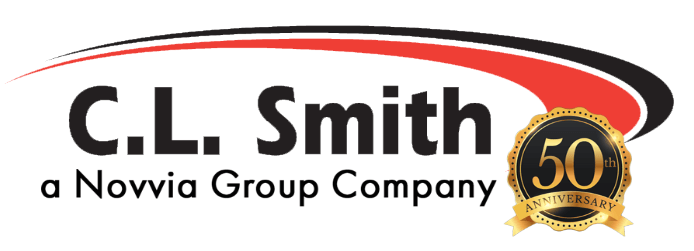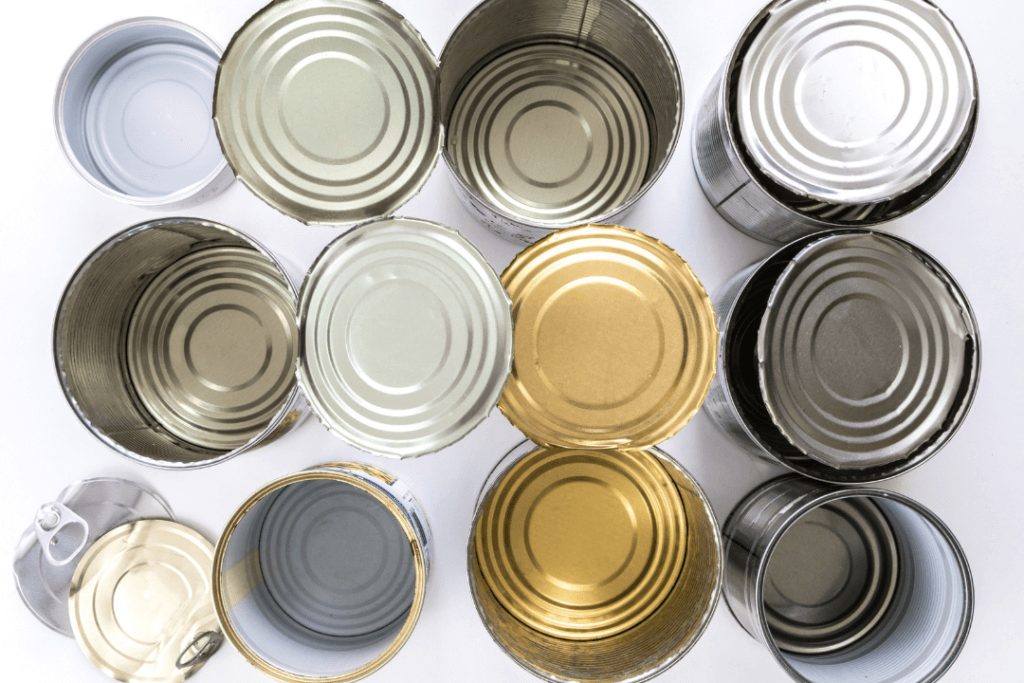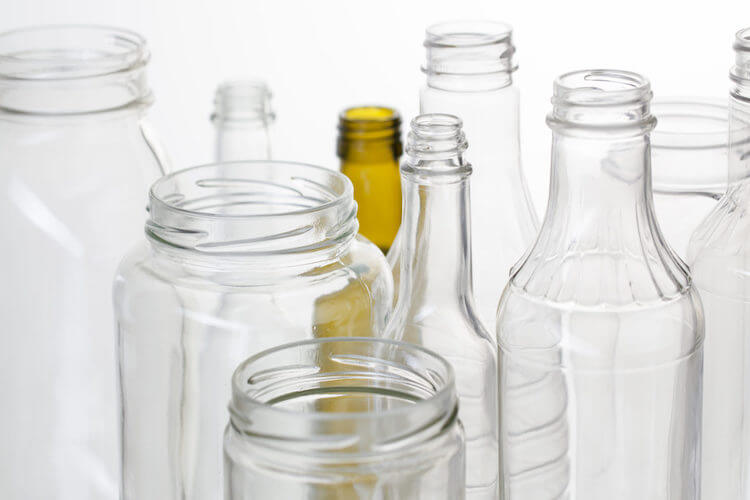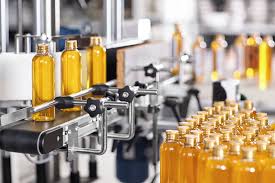Do you have sustainable packaging trends on the brain? Let’s take a look into some of the key components of sustainable packaging this year. Be sure to contact us with any questions, we are here for you!
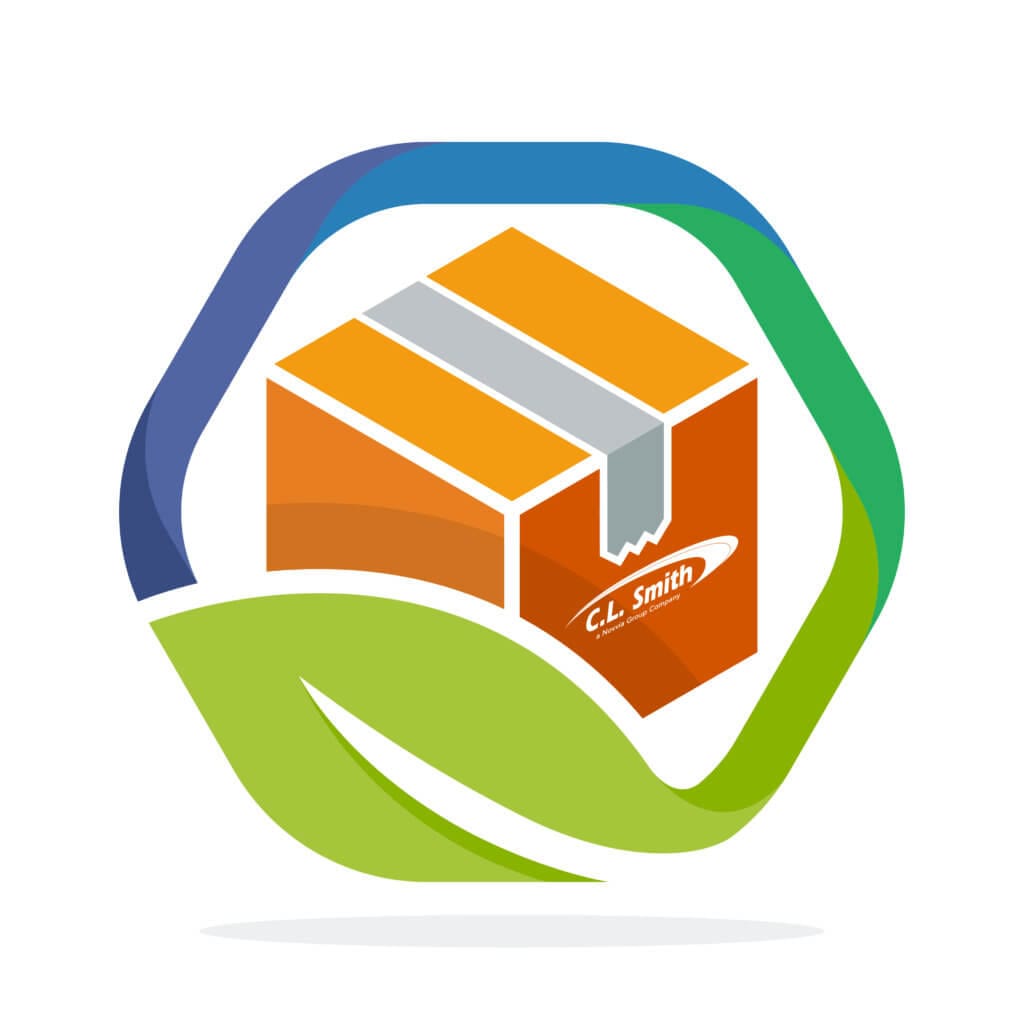
#1 – Less Material Usage
The more complex the packaging, the more likely it is to use a variety of materials. The greater the number of materials that are used within the package, the greater the use of natural resources during the manufacturing process. Paper, aluminum, and glass require the use of water, minerals, and energy in production. Additionally, air emissions including heavy materials are also a concern during manufacturing.
In order to use fewer materials, companies may need to simplify and minimize their packaging design. With a consumer-facing product, this simplification may even make a product stand out better amongst competitors as it is “different than the status quo.” Consider a packaging audit to weigh design alternatives. What is the purpose of the packaging? Is there an option to reuse or refill the packaging if it is glass?
#2 – Recylable Packaging
In order for packaging to be considered recylable it must be separable, labeled correctly, and clean. Recycling packaging can reduce the size of landfills as well as help to conserve our natural resources. By providing recyclable packaging the manufacturer is relying on the consumer to take action. Making packaging that is easy to separate and clean reduces the chances of it ending up in a landfill.
Current trends in recyclable packing include biodegradable packing peanuts (some states have banned styrofoam), air pillows made from recycled material, and cornstarch packaging.
#3 – Compostable or Biodegradable Packaging
The purpose of compostable packaging is simple, to allow for a second life as an alternative to environmental waste. This trend is popular within the food and beverage industry as a need to maintain environmental standards continues to grow. Common examples are the use of plantable seed paper boxes as well as other biodegradable material alternates (bamboo, rice husk, cornstarch).
#4 – Flexible Packaging
Flexible packaging is a relatively new alternative to rigid containers. They are highly efficient and cost-effective in manufacturing and made from foil, plastic & paper. It requires less energy and provides more customized design options. Most popular in personal care, pharmaceutical, and the food & beverage industries, these packages can also be reused when designed with zip locks and seals to store products at home.
#5 – Environmentally Friendly Inks
Petroleum-based inks are bad for the environment because of the heavy metals they contain. They are considered hazardous waste and can be toxic for humans and animals.
There are a variety of alternatives available depending upon the substrate of the packaging itself. Water-based inks are good for more absorbent packages such as corrugated boxes. Soy or vegetable-based inks are comprised of organic compounds that can reduce the release of VOCs (volatile organic compounds emitted into the air). Algae inks have a negative footprint by decreasing carbon emissions by 20% as well as being UV light-resistant (see the video below).
Comments are closed
